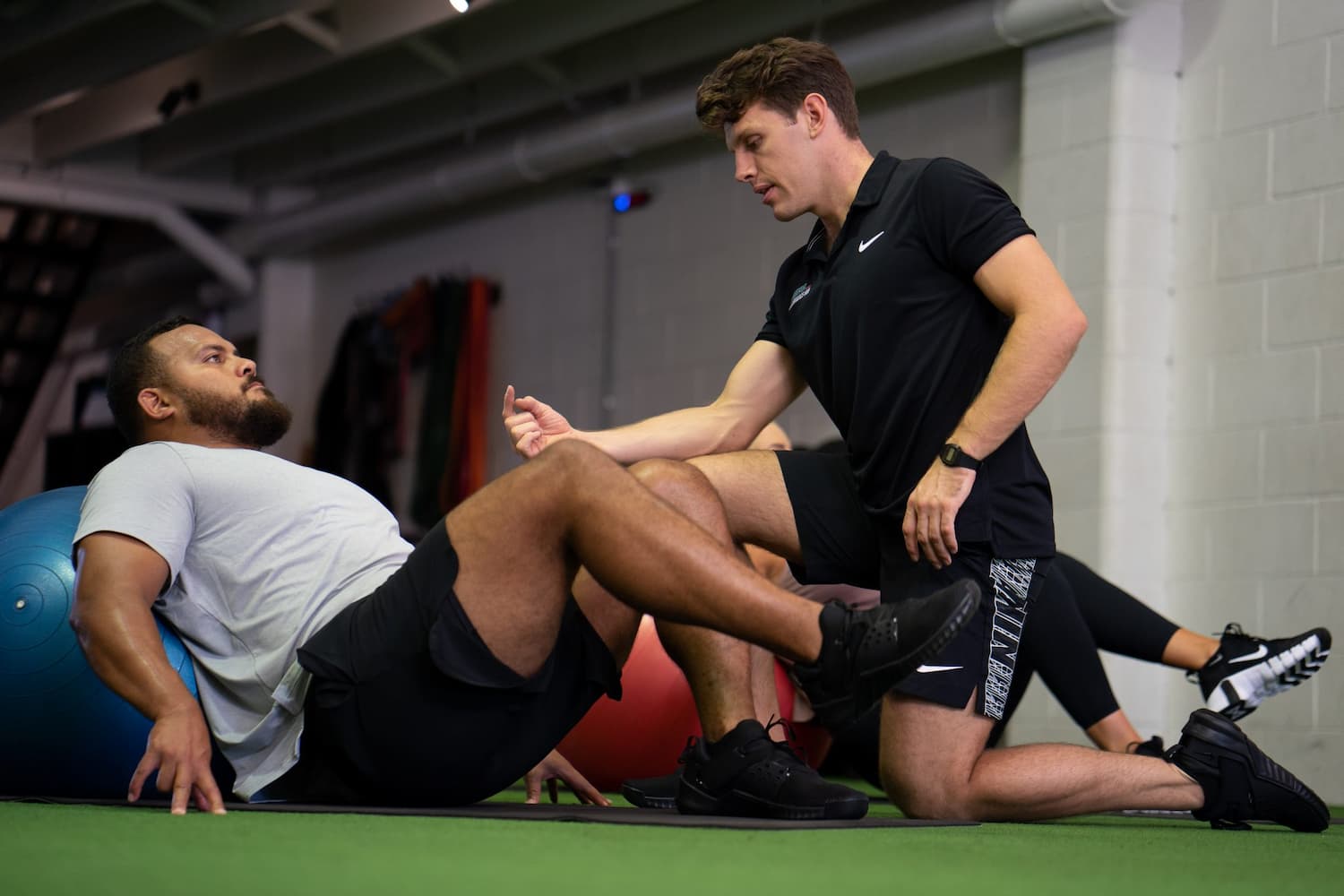This post was originally published by Exercise Right in collaboration with Peter Fowler from The Recovery Project. The original post can be read here.
It’s clear one of the most important elements of performance and exercise is rest, and it’s also one of the hardest things to do for some! It’s essential to listen to your body and gauge how you are feeling as well. If you are physically worn out, take a rest.
Other Recovery Interventions:
Hydrotherapy
There is now a good body of evidence supporting the use of hydrotherapy for recovery. This could be active pool recovery, cold water immersion, hot water immersion and/or contrast water therapy (alternating between hot and cold water immersion). Please refer to the section below ‘Should I use an Ice Bath?’ on factors to consider when using cold water immersion.
Compression Therapy
There has also been a fair amount of research conducted on the effects of wearing both commercial (e.g. Skins, 2XU) and Medical Grade Compression Garments on recovery. The evidence suggests that they are beneficial for perceptual recovery outcomes and potentially reducing muscle oscillation during exercise, which could reduce the feeling of soreness post-exercise.
There has been less research conducted on Compression Boots, but this ‘dynamic’ form of compression has been shown to be more effective than the ‘static’ form of compression provided by compression garments. The advantage of the static compression garments is that they can be worn longer (i.e. in between training sessions or overnight), so they can be used in conjunction with compression boots.
Heat Therapy
Whilst there has been less research conducted on this form of recovery, there is some good preliminary evidence supporting the use of heat therapy for recovery. In particular, by upregulating beneficial proteins for repair, which also has implications for injury recovery.
Active vs. Passive Recovery
In general, active recovery (e.g. a light strength/conditioning session, pool recovery, going for a walk in nature) should be prioritised over passive recovery (e.g. sitting in a pair of compression boots or a sauna etc.), but this will depend on the training phase, what you’re recovering from and what you’re recovering for.
The Placebo Effect
Much of the positive evidence for recovery strategies lies with an enhanced perceptual outcome of recovery, often attributed to an individual’s belief in the modality or the placebo effect. Indeed, evidence exists whereby recovery strategies have not improved fatigue levels further than that of the placebo effect. As a result, whilst there are certain scenarios where you might want to make certain recovery strategies compulsory, in general, as long as the intervention is not going to do any harm, individual preference and choice should be prioritised. In this scenario, a Recovery Points System, like this can be utilised.

Should I use an Ice Bath?
The ultimate objective for cooling is to reduce deep muscle temperature, in an attempt to favourably reduce blood flow and metabolism at the affected muscle site, in an effort to diminish the pain and soreness associated with inflammation as a result of muscle damage.
Due to the greater heat conduction properties of water, cooling via water immersion has been shown to have the most effective results in reducing muscle tissue temperature.
Given the role of inflammation in adaptation to a stressor, recent evidence suggests that using an ice bath can reduce adaptations that you get from training, particularly strength training.
Therefore, when making decisions around which recovery interventions to use, you can think about the following 3 things…
1. How long is your recovery window?
- How long until your next session or competition?
- Is it short (i.e. less than 24 h) or long (24-72 h)?
2. What you are recovering from/What was the level of stress?
Have you done a strength training session where mechanical muscle damage is more likely to have occurred or an endurance training session where metabolic fatigue is more likely to have occurred?
3. What you are recovering for/What do you want the outcome to be?
- Is your next session important?
- Do you want to promote adaptation or is performance more important?
Based on this, an example of when you would use an ice bath is if you had a short recovery window (i.e. two competitions in one day), you were recovering from a high level of stress (i.e. a competition) and you are recovering for another important competition. In this scenario, all you are concerned about is performance and you are not worried about the potential negative effects of the ice bath on adaptation.
Recovery can be periodised in other ways also. For example, across a training week in team sports you may want to use an ice bath immediately following a match to reduce the pain and soreness associated with mechanical damage. Then, in the following days use interventions that are going to increase blood flow (e.g. compression and heat therapy) to reduce metabolic fatigue and increase muscle function.
There are many more nuances and examples, but unfortunately, this is all we have space for within this blog!




Leave a comment
All comments are moderated before being published.
This site is protected by hCaptcha and the hCaptcha Privacy Policy and Terms of Service apply.